Pros and Cons of High Stress Training Cannabis Plants
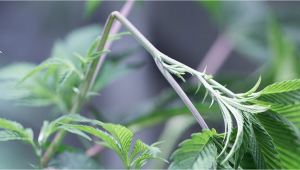
- 1. What is h.s.t?
- 1. a. Super cropping
- 1. b. What to know about super cropping
- 1. c. Mainlining
- 1. d. What to know about mainlining
- 2. Advantages of h.s.t
- 3. Disadvantages of h.s.t
- 4. Top tips for high stress training
- 5. Hst and autoflowering cannabis plants
- 6. In conclusion
As a grower learns more about growing cannabis seeds, they will come across two types of plant training. Low stress and high stress, which both have varied results. As you can probably tell from the name, HST puts plants under a considerable but reasonable amount of stress. This is because these techniques involve inflicted tissue damage in the form of severed and crushed branches.
It sounds nasty to beginner growers—almost sadistic, in fact—but these tried and tested methods work. Despite the obvious risks, by manipulating plant growing patterns using rather brutal methodologies, experienced growers consistently improve plant shape and productivity. In this article, we explain about H.S.T, how it is done, pros and cons associated, and our top tips.
1. What Is H.S.T?
High stress training is a way to manipulate the growth structure, vigor, and canopy of Cannabis plants. The hands-on methods used are classed as highly stressful to the plants, however, will structurally produce the strongest plants with an increase in growth hormone. This increase is thanks to the genetic markers within every cannabis plant. When you intentionally and carefully wound the plant (especially in certain areas of the plant growth), she will “freak out” and send all the help she can to the affected area. This can result in several potential benefits. From increases in the yield size, the potency (boosted levels of both THC and CBD), and the production of the frostiest buds you have ever seen - the possible pros of HST have been well documented over the past 2 decades or so.
When HST is performed correctly, it can also result in a short, more compact plant with perfectly spaced bud sites and an overall canopy that can be much easier to maintain in the long run. These techniques are considered to be intermediate to advanced methods, so if you are just starting out it may be best to leave this stuff for a few more cycles. Only after you have all the other factors dialed in, and have become familiar with LST (Low-Stress Training) should you start considering implementing HST into your crop.
Super Cropping
The way that high stress techniques such as super cropping affect the plants, is by causing a spurt in a repair-growth hormone. As the plants recover and begin to form hard wooden knuckles around the original break, the branch repairs itself causing the rest of the plant to become stronger.
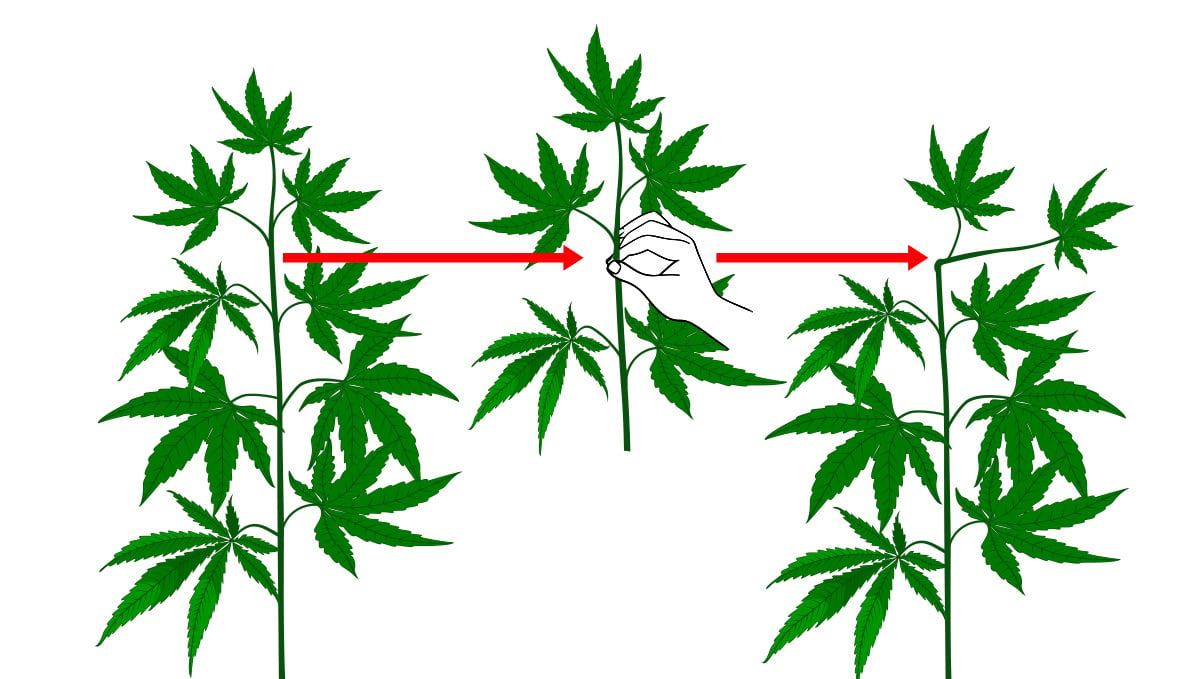
It sounds utterly barbaric—we have to agree. However, cannabis plants are hardy creatures. Instead of cowering in the face of stress, they actually adapt and become stronger. By adjusting the spread of growth hormones through these techniques, growers are able to promote vigorous growth in the canopy. This, of course, results in bigger and more plentiful buds and a potential increase in the synthesis of important secondary metabolites such as cannabinoids and terpenes. As well as modifying yield and potency, super cropping also helps to improve structural integrity. The complex matrix of cellulose that forms the wood-like knuckle keeps branches safe from the weight of their own buds, as well as high gusts of wind and other forms of adverse weather.
What To Know About Super Cropping
• Snapping between internodes to break the inner cell walls.
• Growth repair hormones are distributed to fix the break.
• Recovery time of 3-5 days is required before the wooden knuckle forms.
• Growth structure and vigor are improved.
• Plants that have been super cropped will produce heavy yields.
This should be performed super carefully! You want to cautiously bend the stem or branch as close to 90 degrees as possible without actually snapping it. Once this has been done there is a high chance that the branch or stem will no longer be able to support itself, so you may need to add some tape to help secure it back in place.
Mainlining
Mainlining, for example, is another high stress technique, that involves letting plants grow to the fifth or sixth node, then stripping away everything apart from the top node. This high stress technique requires a much longer vegetative time, with the end goal of producing symmetrically grown branches.
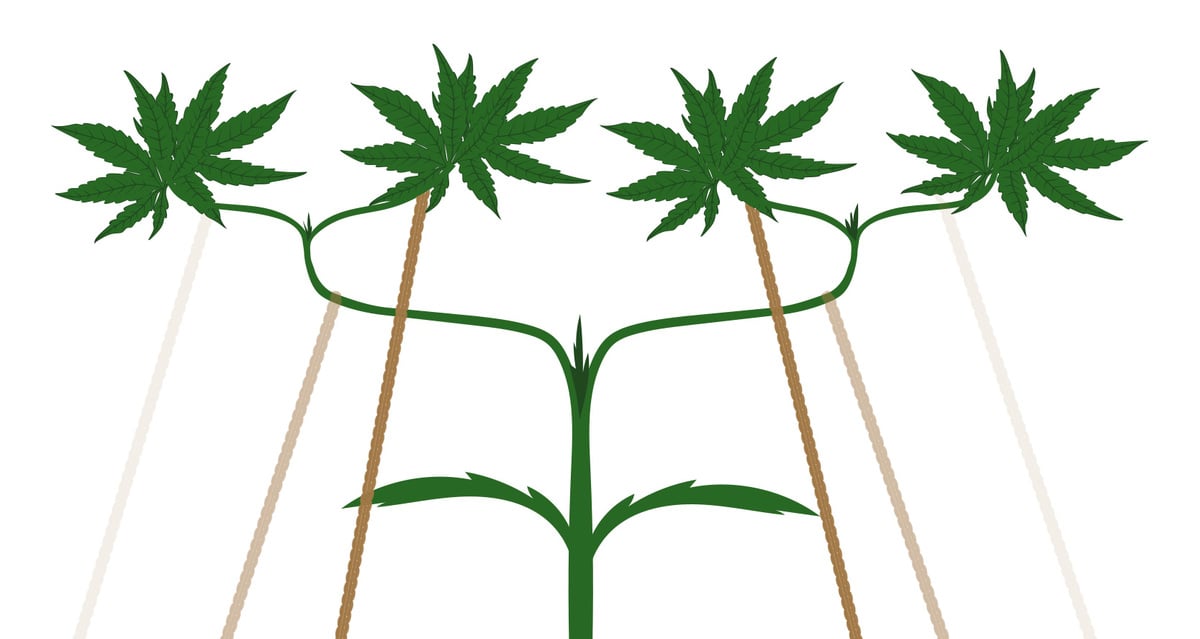
Out of all the HST techniques available, mainlining produces the most aesthetic plants possible. However, the results are more than skin-deep. The wide, horizontal, and open structure that mainlining creates comes with many unique benefits. For one, it creates a substantial distance between the flowering sites in the canopy. This creates plenty of airflows that vastly reduces the chances of mold developing. Furthermore, the amount of space between each cola guarantees good light exposure. Each bud receives an equal amount of light and therefore emerges uniformly sized, with equally potent cannabinoid and terpene profiles.
What To Know About Mainlining
• A technique based on symmetry and plant pathways.
• Training the plants to grow evenly is key.
• An excellent way to keep a plant height low.
• Mainlining can produce enormous yields.
2. Advantages of H.S.T
Low stress and high stress training should only ever be applied during 18/6, or prior to plants showing preflowers when growing outdoors. There are many advantages to training Cannabis plants from seedling until they transition into bloom. High stress techniques such as super cropping cause Cannabis plants to grow with a strong thickness and develop hardwood side branches. Growth repair hormone is emitted throughout the plant causing enhanced production and resistance. The height of the canopy is also manipulated to remain at the same height as the plants were snapped. Super cropping is an excellent way to limit the vertical growth of the upper canopy, making this technique ideal for growers with limited head height.
Mainlining requires much more work than a simple super cropping session, however, it has enormous advantages for those who can only grow a few small plants. There is a great deal of pruning that takes place during the vegetative phase, and it is necessary to tie the side branches down with a symmetrical system in mind.
3. Disadvantages of H.S.T
As the name suggests, H.S.T can be very stressful for Cannabis plants, and despite it being very rewarding when applied correctly, at the best time using the ideal cultivar, to the beginner grower there can be a world of potential dangers. If Cannabis plants are not given time to recover before being put through more high stress, then this can cause a stunt in growth and even cause parts to grow weak causing potential infection.
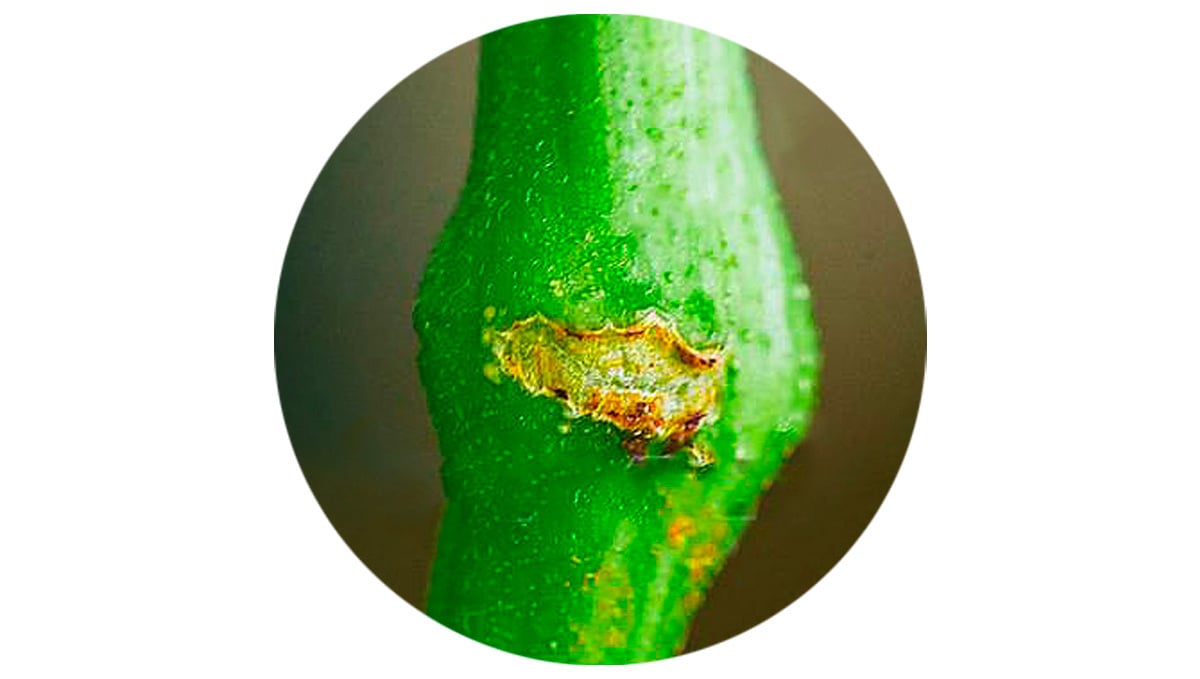
This will often occur due to inexperience and down to the grower not being familiar with recovery time. The downsides to super cropping plants may not be mature enough to squeeze and pop, which may result in an open wound that can become infected, or even for the growth above the internode to die.
4. Top Tips For High Stress Training
1. Always use clean and sterile tools when pruning your plants, and make sure you have clean hands when applying the super cropping techniques.
2. Give plants plenty of time to recover before performing H.S.T. You will see branches recover with a thick wooden knuckle, which will be an indication of the break is fully healed.
3. Never apply any high stress training once plants have entered the flowering stage. The combination of hormonal change and high stress levels may cause hermaphroditism to occur.
4. Training Cannabis plants takes time and lots of patience, and there should be a goal set in mind before you flower. Be prepared for long vegetative periods indoors if choosing to use H.S.T.
5. Mainlining is a great way to become really hands-on with your plants and to understand the importance of energy transfer.
5. HST and Autoflowering Cannabis Plants
Autoflowering cannabis plants are the newer kids on the block and are truly leading the pack in terms of genetic advancements in cannabis cultivation. But, they do come with a few limitations that are not present for photoperiod plants. These limitations are not necessarily downsides, but they do have an impact on the types of growing techniques that can and should be applied. Since autos have a shorter vegetative growth period (usually 3 -5 weeks), they simply do not have the same amount of time to bounce back from HST techniques.
Any stress the plant is placed under will result in a stunted period of growth and development. This is fine for photoperiod plants as you can simply leave them under 18/6 light for an extra week, but with autos, we do not have this luxury. In general, it is best to leave the HST techniques to the photoperiods, and stick to less invasive methods for your auto queens. LST methods like tying the canopy down, or using a screen for scrogging are totally fine. You can even do some light defoliation, and lollipopping the lower branches is totally fine. Just use restraint and make sure you do not go overboard, otherwise, you risk putting the plant under too much stress - which, for autos anyway, can actually have the reverse effect you’re looking for and decrease both yield size and potency.
6. In Conclusion
We recommended learning about low stress training before attempting H.S.T, as a way to become familiar with how versatile, tough and well adapted the cultivar being grown is. When choosing a strain to practice your newly discovered H.S.T techniques, remember to look for a strong and steady cultivar, such as Purple Lemonade. She is ready for a challenge and will respond well to a well-performed training.
As you gain more experience, adapting low and high stress techniques will be part of your standard training regime allowing you to really get the most out of your plants.








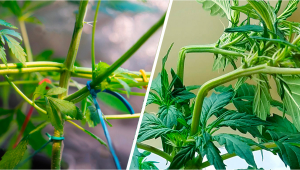
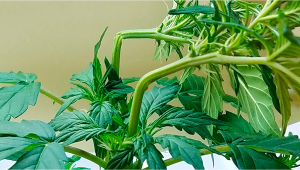
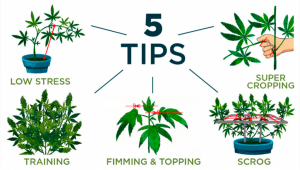


Comments